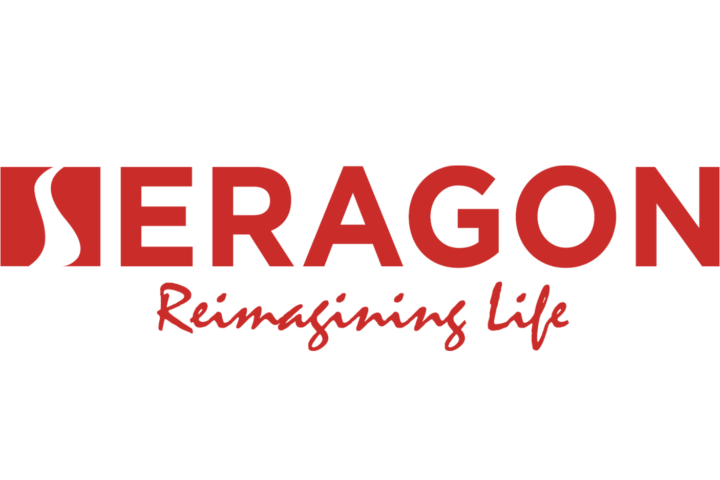As the confetti settles and the festive cheer of the New Year fades, many of us find ourselves scribbling down a list of resolutions, determined to make this year different. But why is it that by February, these resolutions seem like distant memories? As someone who’s been down this road, I’ve learned that the secret isn’t just in the resolution itself, but in how we approach it.
Start Small
The allure of a grand transformation is tempting, but I’ve found that starting with small, achievable goals is the key. Some of the most common New Year’s resolutions involve improving physical health, weight loss, and eating habits. Interestingly, some research suggests that people are more likely to stick to their resolutions if they are adding a new behavior (like increasing their daily step count) rather than avoiding one (like avoiding certain foods). This year, I set my sights on improving my yoga skills. It wasn’t about mastering the most complex poses, but rather just getting better at the basics. This shift in perspective – from drastic, idealized change to a smaller, more manageable one – made a world of difference. In fact, there is some research that suggests we are more likely to change behaviors when we start small, making a series of smaller goals that build to a larger one.
Stick With It
Consistency, as I quickly learned, is the backbone of adhering to a New Year’s resolution. The latest research suggests that those who demonstrate “task persistence”, the ability to sustain efforts toward a goal over time, are more likely to achieve that goal. In this spirit, I signed up for a yoga class at a studio that was close to my home and matched my schedule. The regularity of attending every week turned my resolution into a habit, rather than a chore. I brush my teeth every day and I don’t ever have to think or muster the willpower to do it because it’s just part of my daily routine. Thinking about going to class in this way made it easier to go, even when I felt like I didn’t have the willpower.
Be Flexible
However, life isn’t always a straight path. The yoga class I had initially signed up for, despite being enjoyable, turned out to be too advanced for me. People were contorting into positions like the “bird of paradise” and the “happy baby” when I was still trying to touch my toes! Instead of giving up, I adapted my goal. I found a beginner’s class at the same studio, which suited me better. There is some evidence to suggest that when we fail to meet a goal we can experience frustration, depression, and even anxiety. By disconnecting the immediate emotional response we have to failure and instead using it as an opportunity to reassess we are more likely to set a new, more realistic goal where we are more likely to succeed. This flexibility in my approach not only kept me from giving up but also helped me progress in a way that felt right for me.
In The End
The art of sticking to New Year’s resolutions lies in setting small, achievable goals, staying consistent, and being open to changing your goals if necessary. My yoga journey – from an overzealous start to finding my rhythm in a beginner’s class – is a testament to this approach. It’s not just about setting resolutions; it’s about setting the right kind of resolutions and being flexible in how you achieve them. Here’s to a year of realistic, enjoyable, and achievable goals!
References
- Bailey RR. Goal Setting and Action Planning for Health Behavior Change. Am J Lifestyle Med. 2017;13(6):615-618. Published 2017 Sep 13. doi:10.1177/1559827617729634
- Lunkenheimer E, Panlilio C, Lobo FM, Olson SL, Hamby CM. Preschoolers’ Self-Regulation in Context: Task Persistence Profiles with Mothers and Fathers and Later Attention Problems in Kindergarten. J Abnorm Child Psychol. 2019;47(6):947-960. doi:10.1007/s10802-019-00512-x
- Oscarsson M, Carlbring P, Andersson G, Rozental A. A large-scale experiment on New Year’s resolutions: Approach-oriented goals are more successful than avoidance-oriented goals. PLoS One. 2020;15(12):e0234097. Published 2020 Dec 9. doi:10.1371/journal.pone.0234097
- Torgrimson SJ, Tan PZ, Grammer JK. Associations among response inhibition, motivational beliefs, and task persistence in early elementary school. J Exp Child Psychol. 2021;208:105141. doi:10.1016/j.jecp.2021.105141
- Wang W, Li J, Sun G, Cheng Z, Zhang XA. Achievement goals and life satisfaction: the mediating role of perception of successful agency and the moderating role of emotion reappraisal. Psicol Reflex Crit. 2017;30(1):25. Published 2017 Dec 22. doi:10.1186/s41155-017-0078-4
- Seven steps for making your New Year’s resolutions stick. Harvard Health Publishing. November 24, 2020. Accessed January 3, 2024. https://www.health.harvard.edu/staying-healthy/seven-steps-for-making-your-new-years-resolutions-stick












